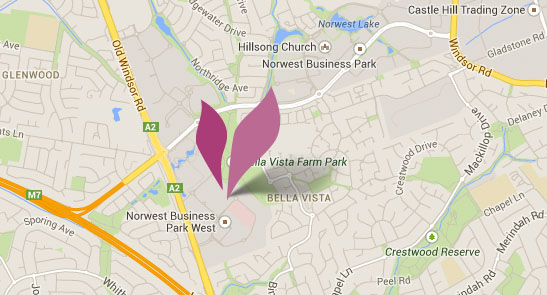Breast Implant Safety
Breast Implant Safety in Sydney
Is it safe to get breast implants in Sydney?
The short version is ‘Yes, it is safe – but like all implants and procedures, there are some risks.’ If you are considering breast implants in Sydney, then you should get as much information as possible to make your decision. To fully understand the fuss about breast implants, read on …
The first breast implants
Breast implants have been available since Dow Corning began producing the Cronin & Gerow implant in 1962. Implants have ‘evolved’ through several generations of improvements. In 2010, we are currently using 5th generation implants with enhanced cohesive silicone gel, textured silicone surface, and a diverse array of anatomical and round shapes and sizes.
In 1988, the US FDA requested implant manufacturers to provide data to prove the safety of silicone filled implants. By 1992, the FDA ruled that silicone gel filled implants were not necessarily unsafe, but that they required more data to substantiate safety & efficacy than the manufacturers had supplied. This ruling essentially took silicone gel breast implants off the US market, except under approved clinical trials, leaving only the saline filled implant available to the general public.
American lawsuits against breast implants
Also during this time, there had been a few court decisions that had found against the implant manufacturers in cases in which patients had filed that their silicone implants were responsible for a number of conditions. This lead to a snow-balling effect and culminated in a class action of almost half a million women against Dow Corning. The company filed for bankruptcy and withdrew from the market, leaving Mentor and Allergan* as the remaining implant manufacturers in the US Market.
Second generation implants did have their problems. These implants were made from a thin silicone outer with a thin silicone gel filling. When these implants leaked, the silicone gel was like a caramel that was difficult to remove.
Silicone breast implants ruled safe in the US
By the late 1990s, there had been several very large independent scientific studies that showed there is no increased risk of development of connective tissue disorders in women with breast implants.
In June 2001, The Australian TGA approved the use of silicone gel filled implants for use in Australia for cosmetic and reconstructive purposes. Currently, 99% of breast implants in Sydney and throughout Australia are silicone implants. The manufacturers filed for approval with the US FDA by the end of 2001, and this was granted in November of 2006.
What about polyurethane breast implants?
Polyurethane implants had a bit of a revival in the early 2000s but have been withdrawn from the Australian market due to higher rates of BIA-ALCL than other breast implants
Are breast implants linked to lymphoma?
Yes. There is a rare type of lymphoma that can develop in the capsule (scar) that forms around your breast implants. The rate at which this might develop depends on the surface area of texturing on the breast implant (highly textured has higher rates than lightly textured, which has more than smooth). This is being monitored by Australian and International authorities. As cases develop, and more implants are used, the rate of risk changes each month. In a recent 2019 article, Grade 3 (Biocell) & 4 (Polyurethane covered) implants had a risk of about 1 in 3000, whereas Grade 2 (microtextured or Siltex) has been rated at 1 in 86,000. Dr Gavin Sandercoe has used Grade 2 implants almost exclusively since he started practice in 2008.
* Manufacturer names have been changed to the current (up to date) versions, as some of the manufacturers have had several name changes over the past few decades.
Patient Education Library




